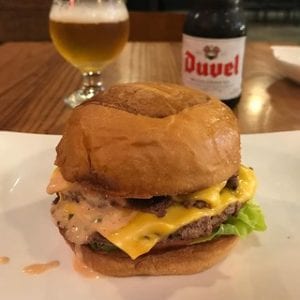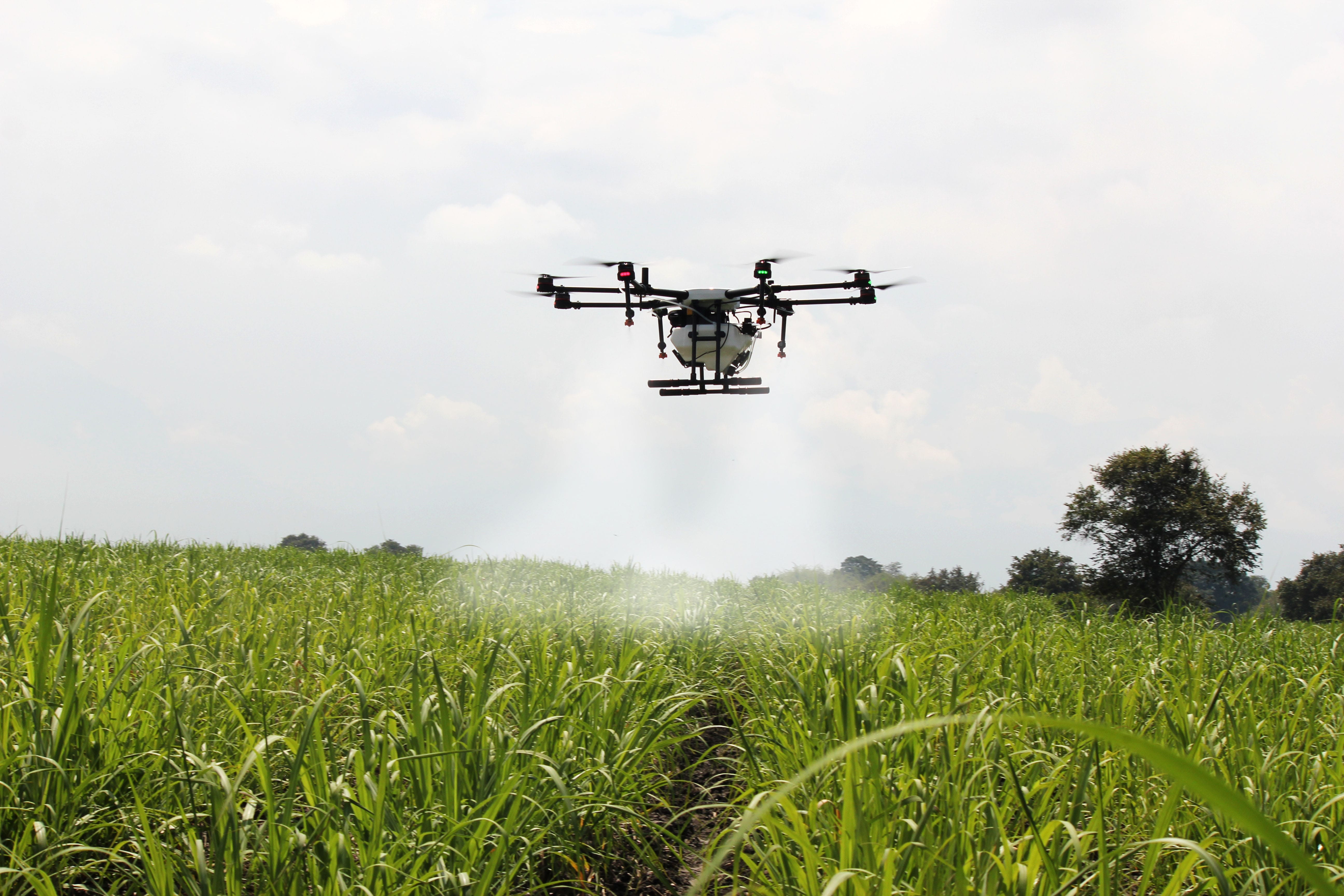What does the future of food mean to you? Lab-grown meat and farms staffed by robots, or climate chaos and hunger as the natural world seeks its new normal?
We’re living in the future, but it’s not the future we were promised. Flying cars exist, but they’re not in every garage because they’re not commercially viable (or mechanically optimal). Cold fusion is always 10 – or 30 – years away, and will continue to be, until it dissolves in a puff of vaporware. And we still eat food, or at least extruded food-like products, instead of a “meal-in-a-pill.” Still, people continue to look to high-tech solutions when it comes to tomorrow’s dinner, metaphorically speaking. The future of food may not be as much about The Jetsons as decades of seeming progress has led us to expect. In fact, it might be downright Little House on the Prairie.
Take, for example, artificial meat, a product many see as critical to the future of food. In theory, it’s a great idea, delivering high quality protein to the masses without the ecological impact or moral objections involved with animal suffering and slaughter. Peek under the hood, though, and it’s still gruesome. For example, the “blood” that makes the plant-based Impossible Burger so meaty was originally derived from a hemeprotein found in soy plant roots. The heme DNA was spliced into genetically modified yeast, which are able to excrete the fake blood in commercially viable quantities. Instead of it being a friendly, natural alternative to meat, let’s just call it what it is: a highly-processed, factory-made substitute for natural food.

If that’s not lurid enough, consider what it takes to produce lab-grown meat. The original muscle tissue biopsy is survivable enough, but to keep those cells alive and growing outside of an animal requires a constant supply of fetal bovine serum (FBS). FBS is currently pretty common, since it’s made from blood extracted from the fetuses found in slaughtered dairy cows. Unfortunately, producing enough FBS to keep lab-grown meat affordable depends upon a robust dairy industry, and at that point, why not just eat the cow? After all, industry is a large part of what got us into this mess. Properly managed livestock on silvopasture, managed pasture, or mixed polyculture farms can help us mitigate climate change while promoting biodiversity and building soil. That’s what we need to insure the future of food.
Farmers in the United States plant so much corn that it has literally changed the weather in some places. Mechanized agriculture has been remarkably productive (although at great ecological cost). Commodity farmers claim that they’re feeding the world, but most of that corn is bound for industry, ending up in ethanol, corn syrup, animal feed, and junk food. Many imagine that the future of food means more of the same, only better, including smart robots that take out weeds with tiny jets of herbicide or by knifing the furrows between crop rows. It might be more pertinent to consider how long farmers can keep going into debt to buy shiny new robots when they’re already forced to the edge by tiny profit margins and crazy weather. (According to the USDA, median U.S. farm income was -$1553.00 in 2018. Yes, that’s negative; some farmers earn more from their YouTube videos than they do from selling their crops.)
It’s also worth asking how the concentration of farmland in ever fewer hands, more automation, and greater “efficiency” (though not resilience) through increased energy use is supposed to benefit a population that needs access to nutritious food, more jobs, and equitable wealth distribution in a world with declining resources and less stability. People think the future of food is in big solutions, but the answer is small. Corporate and governmental interests are not going to solve the predicaments and converging problems ahead, but grassroots action and relocalization might.
The rapidly arriving climate and environmental crises will radically transform our food system, whether we like it or not. If we’re wise, we’ll adjust the system mindfully, on a schedule mostly of our own choosing, in keeping with the level of technology that our changing reality can support. (If we’re foolish, we’ll avoid changing until it’s too late to mitigate the disaster, continuing the same practices that created the environmental disaster until we collapse.) The future of food is in your hands.
Related: Rural America: Our Past or Our Future?


Join the conversation!